Have you ever visited any Inn? If yes, then you are aware how what an inn looks like. If you were not that lucky to see any inn even till now, then let me tell you, it was the only option for travelers to spend some time while moving to their destination. Like any other country, India too has a long legacy of roadside inns serving food and drink to travelers. But, hardly a few inns have become famous for any other reasons. What we are going to see is a unique inn that gave birth to an eternal love story.
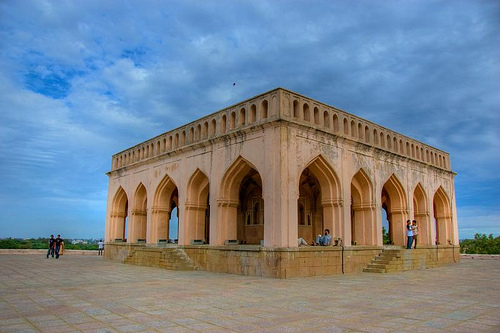
No need to go too far, just stop at the Qutub Shahi Dynasty in the Southern part of India, to be precise in the Hyderabad region. Often known as the Golconda Rulers, it all started with Sultan Quli Qutub ul Mulk and ended with Abul Hasan Qutub Shah. Lasting for more than 150 years, the Qutub Shahi dynasty has marked their presence in various things, Golconda Fort and Charminar are only a few of those.
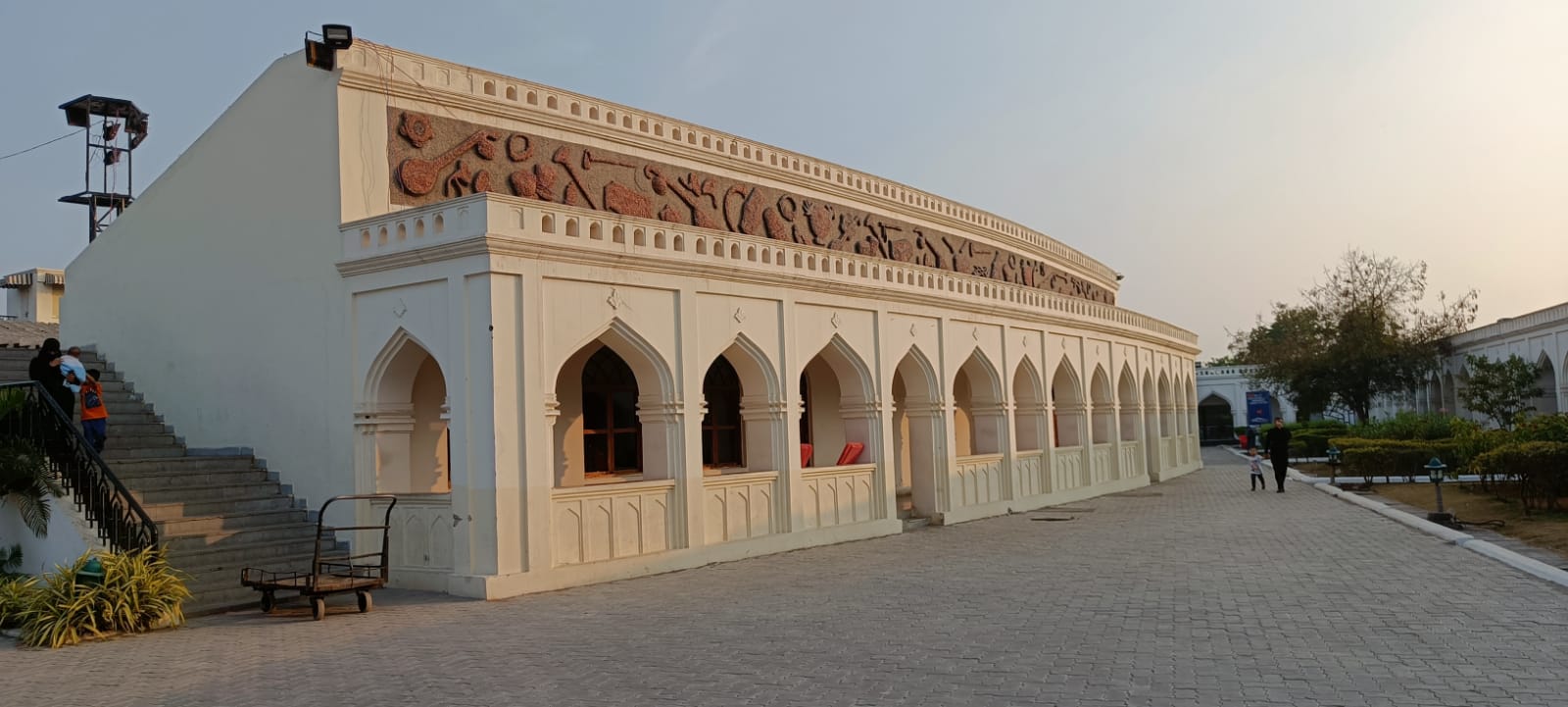
But, this article is not on Golconda Fort (you can read the same in my other blog), rather our eyes will be fixed only 2 km away from this magnificent fort. Ibrahim Quli Qutub Shah built a Persian-style garden “Ibrahim Bagh” and a “Sarai” or Inn to facilitate the travelers moving through that road. It could never come to the limelight if the same remained as it is. The love twist made this inn famous and here enters two famous singers cum dancer sisters – Taramati & Premamati.
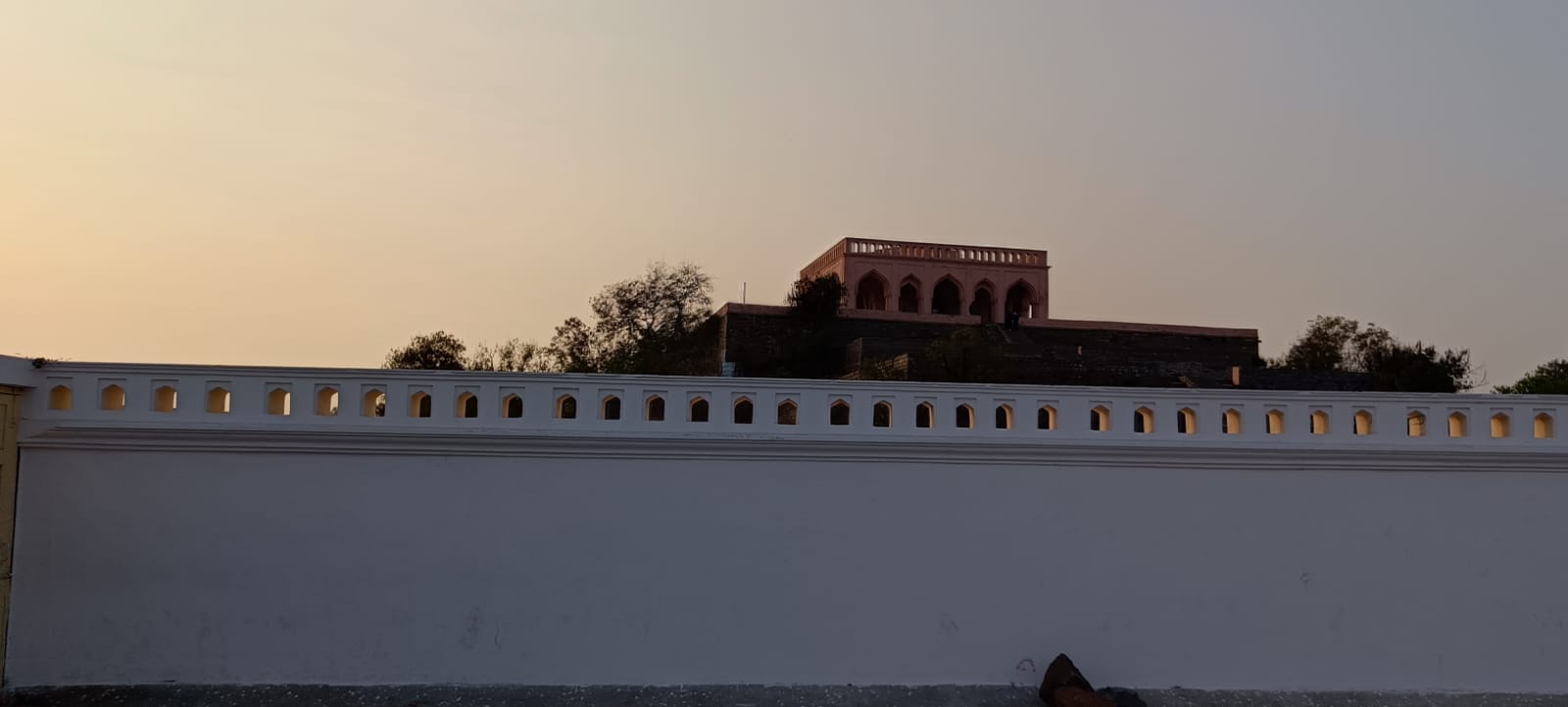
Finding a similarity with Muhammad Quili Qutub Shah, the founder of Hyderabad city with his favorite courtesan Bhagmati for whom he traversed a long way from the Golconda Fort to the Musi River near Charminar? Exactly, the same has been replicated in his grandson, Abdullah.
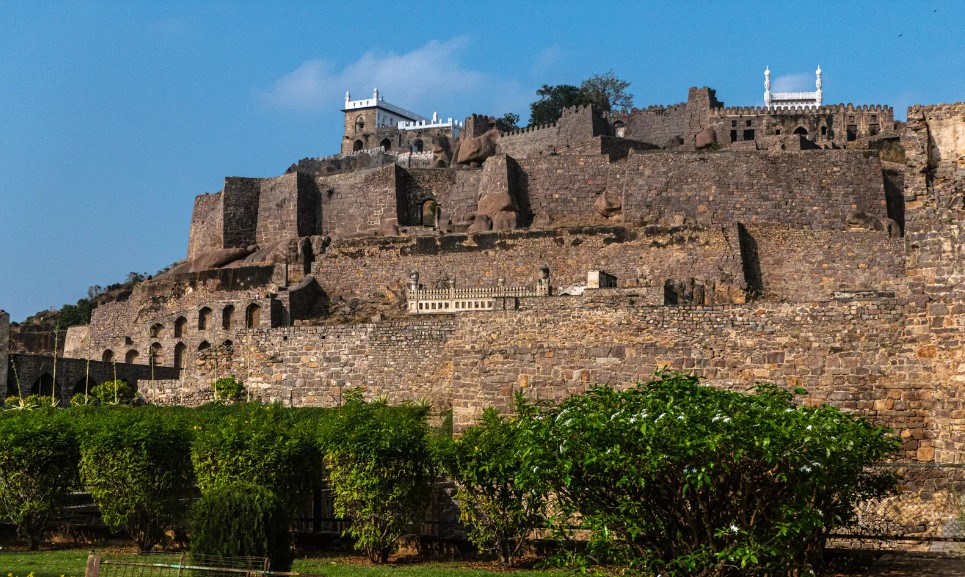
To enjoy music regularly without any intervention, Sultan Abdullah constructed a building on the nearby hilltop. But, this is not any ordinary building. Abdullah used all the marvels of architecture to build that building in such a way that every sound from therein will be loudly audible to him. The clap testers were deployed to check if the sound of the clap is being heard from that newly constructed building to the Golconda Fort. Named after Taramati, the love of the Sultan, it became popular as Taramati Baradari. Located at the banks of the Musi River, this Baradari was something special as it was built as per royal requirements. It is believed that it was built around 1625 AD. This heritage building is the witness of the transformation that Taramati & Premamati went through from an ordinary singer cum dancer to the favorite of the Sultan. You can feel this story in every corner of Taramati Baradari.
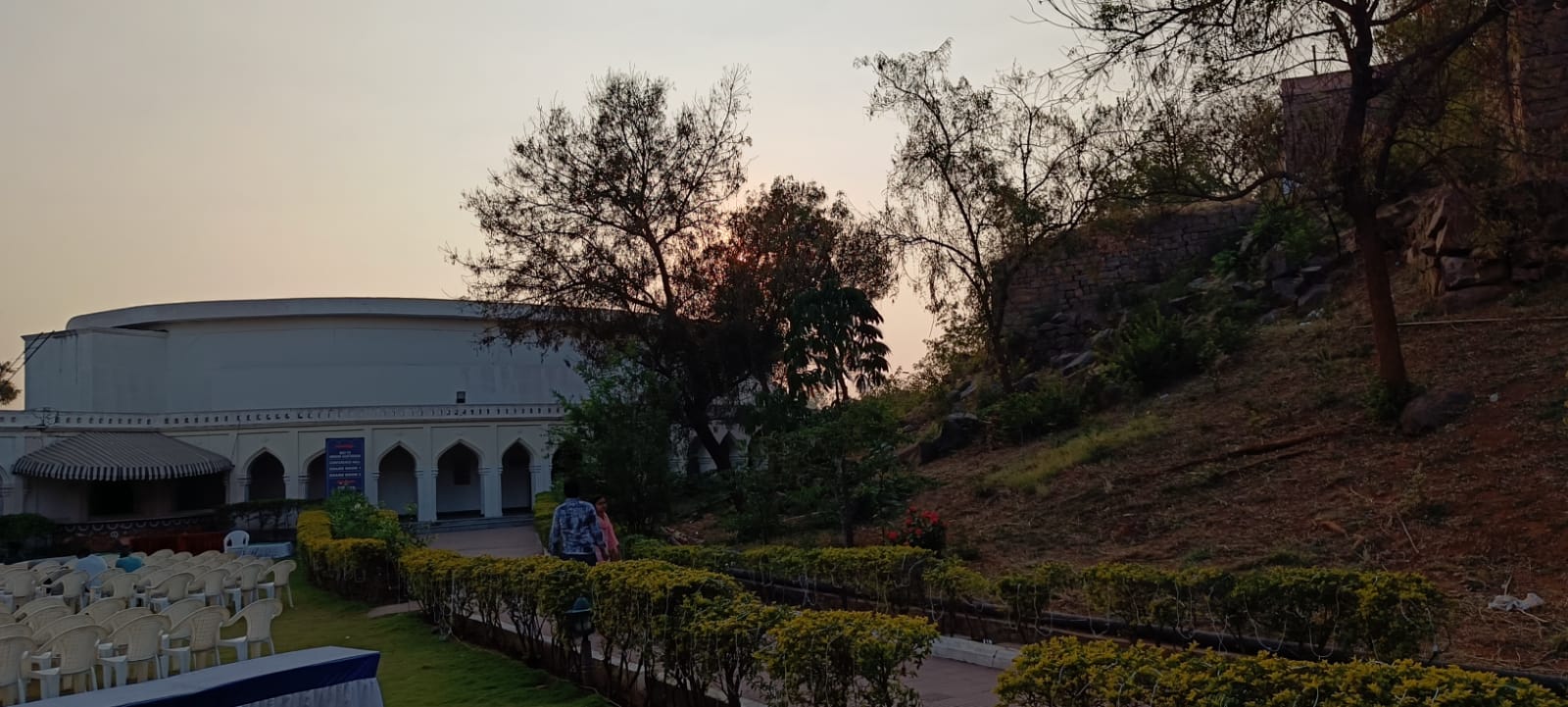
If you talk about Baradari, this is not a new concept in ancient India. You can find some famous Baradari in the places like Jaipur Amber Fort, Delhi Red Fort, Jodhpur Umaid Bhawan Palace, Delhi Roshanara Bagh, Ajmer Ana Sagar, and in Golconda Fort, Hyderabad. Pakistan incidentally has several of such in the form of Hazuri Bagh Baradari, Shalimar Garden, Wazir Khan’s Baradari, Kamran’s Baradari, and the famous Lahore Fort Baradari.
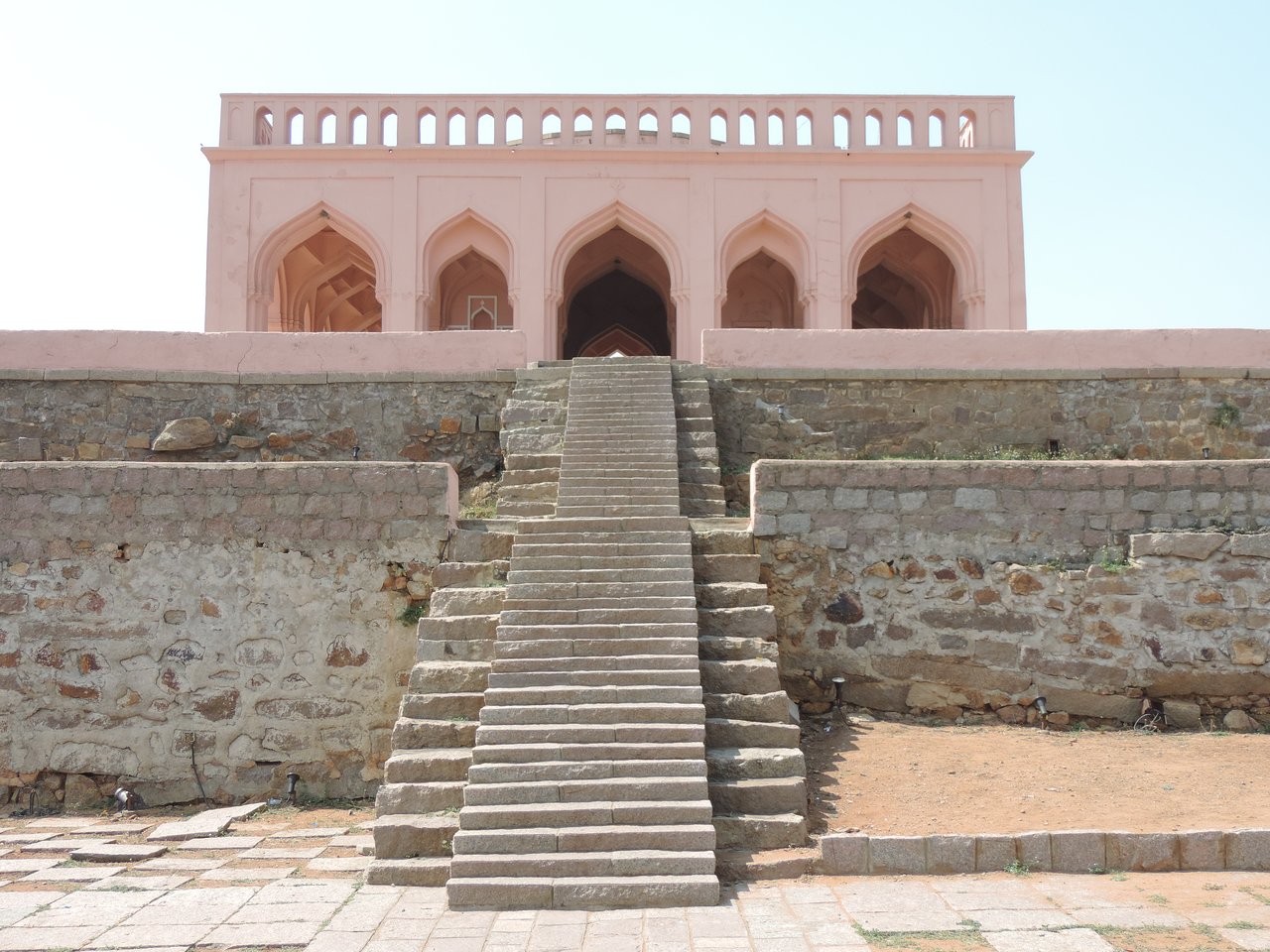
In fact, a ‘Baradari’ or ‘Bara Dari’ is a building with Twelve (12) Doors designed to allow free flow of air from all sides. If the structure is rectangular, then there remain three doorways on every side. And for any triangle-shaped Baradari, there are four doorways instead of three.
Every Baradari was unique due to its outstanding acoustic features and these buildings were well suited for Courtesan Dance popularly known as ‘Mujra Dance’ at that time. They were also ideal for fresh air flow during the hot summer period. In fact, ‘Bara’ means Twelve in Hindi/Urdu, and ‘Dar’ is the Door in English.
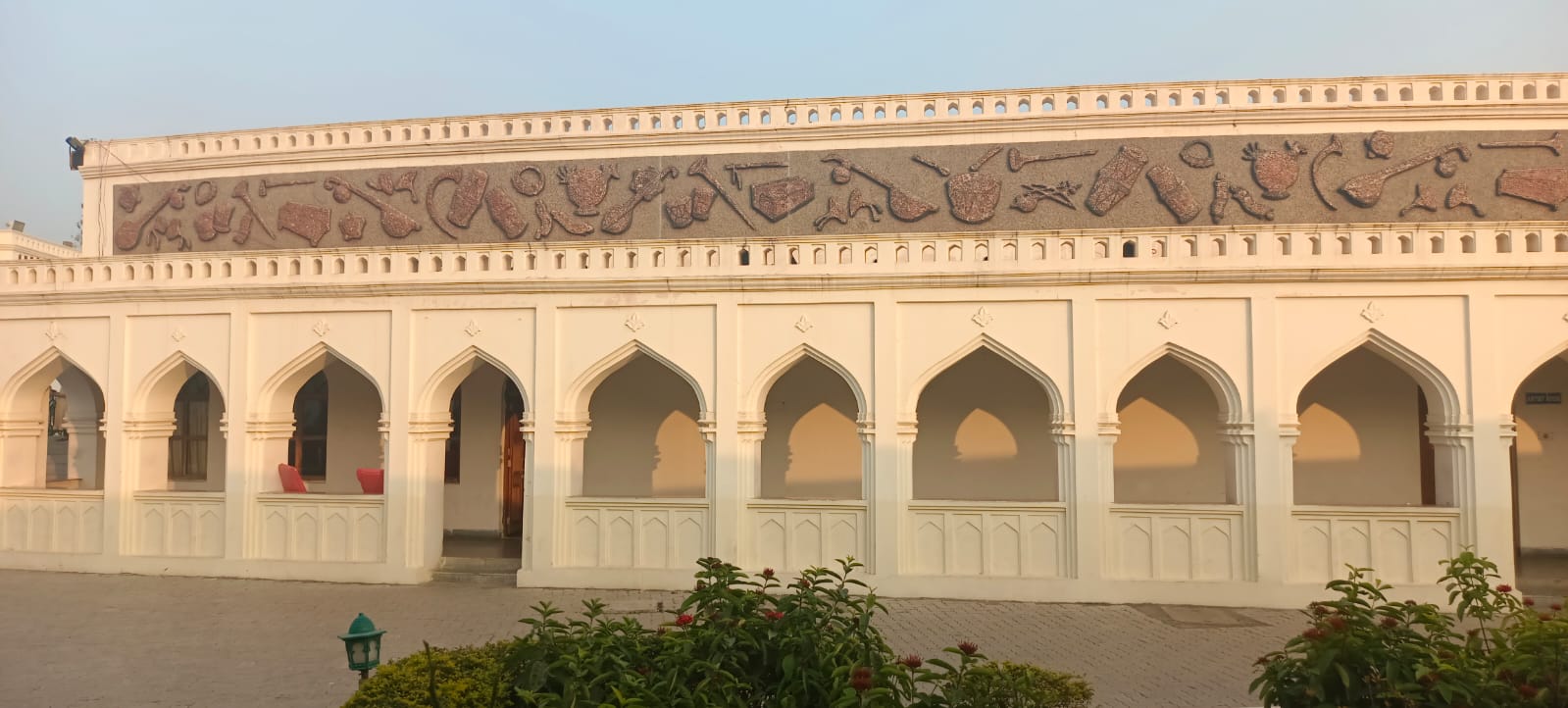
Coming back to Hyderabad, Taramati Baradari was built to carry the sweet voice of Taramati to the Fort with the help of wind. Due to its sheer quality of sound traversing from one location to another without any obstacle, Taramati Baradari is often compared with the renowned structure of Bala Hisar in Afghanistan. Sultan was very obsessed with her beauty, music, and Kuchipudi style of Dance. As a part of the tribute, after their death, both Taramati & Premamati were buried in the same Royal Cemetery of Qutub Shahi Kings, just 3 km away from Taramati Baradari.
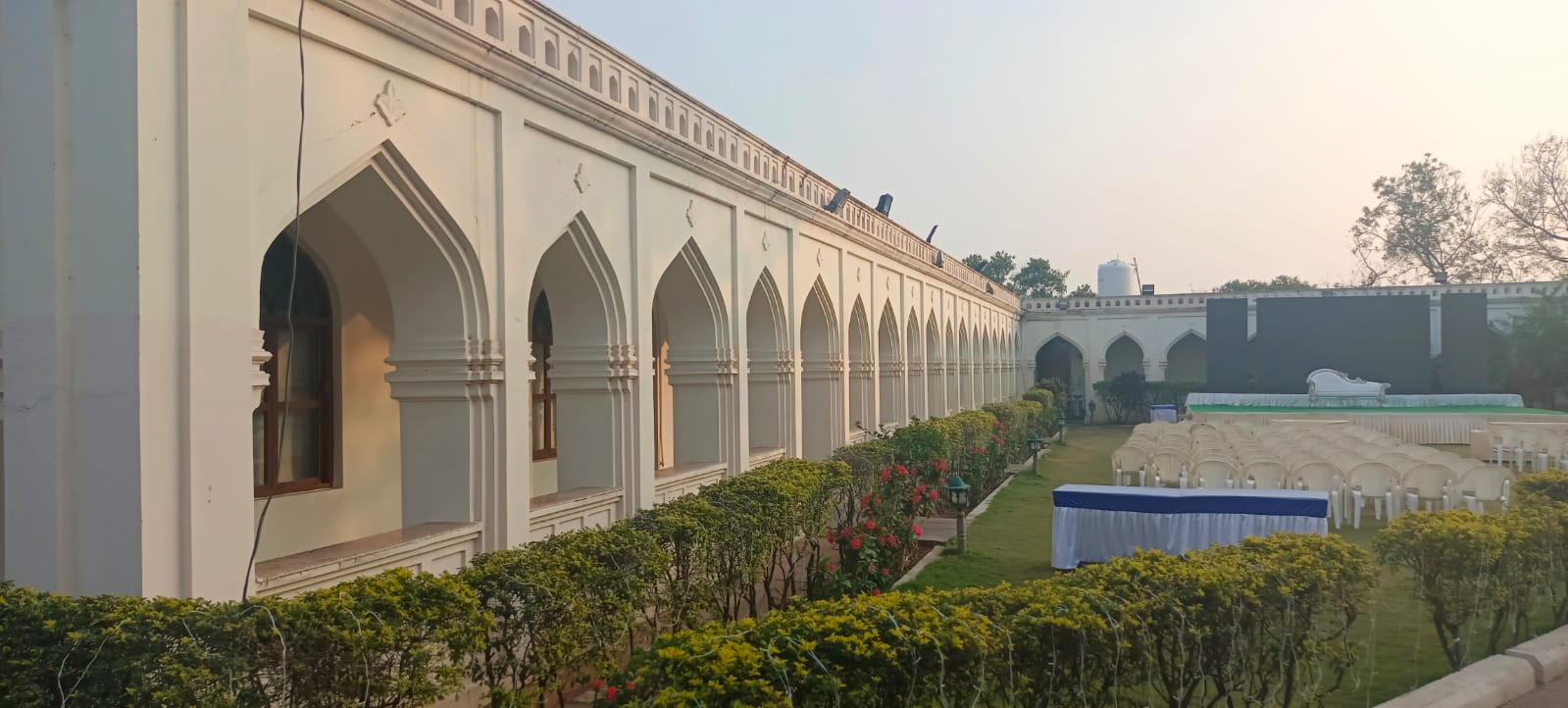
Now, with its takeover and renovation by Telangana Tourism Dept, Taramati Baradari is the permanent venue of the Taramati Music & Premamati Dance Festival held every year. The complex is now equipped with an AC Hall, Open Air Auditorium, Banquet Hall, and all other modern amenities to stay like Food Court, Swimming Pool, and Fitness Center. You can even stay at this historic building too.
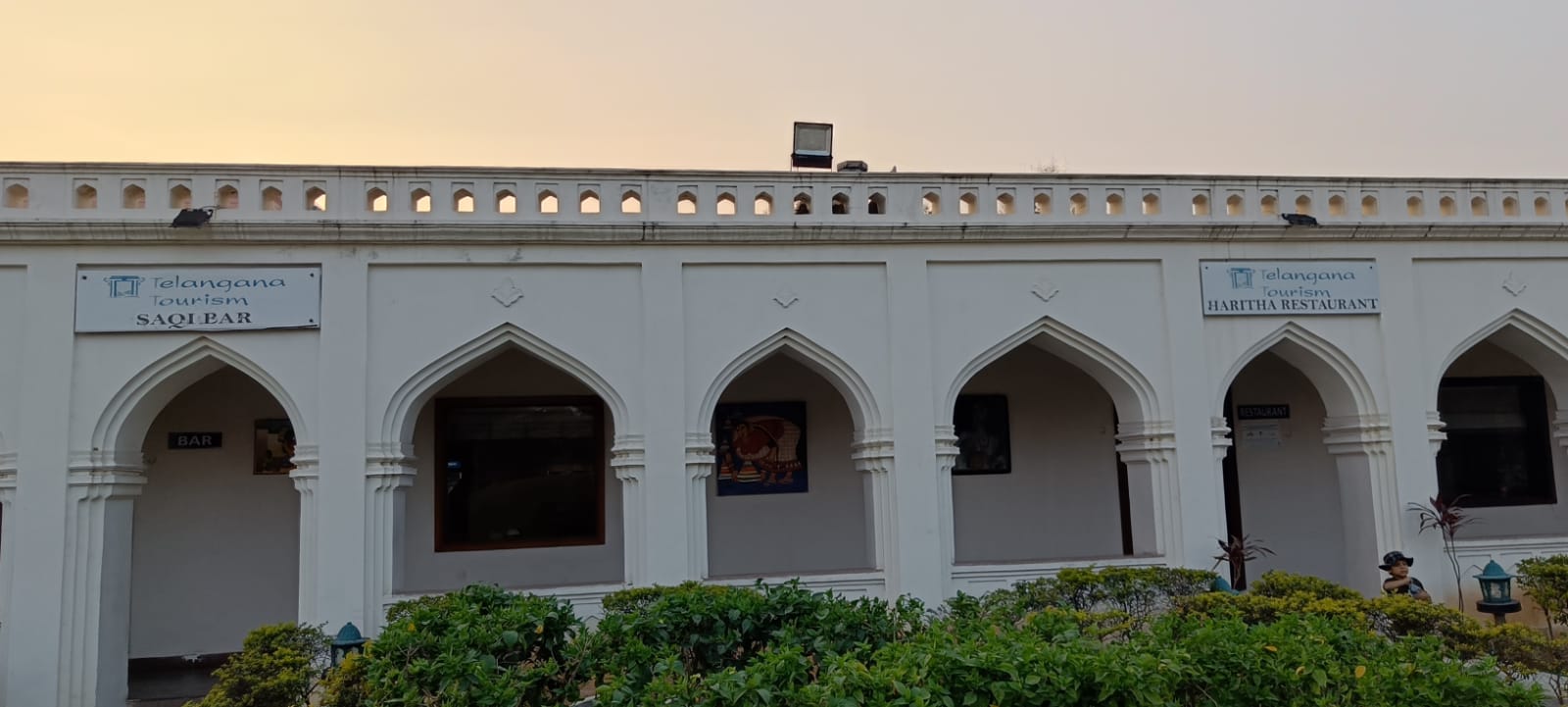
So, Next Time when you have some time in your hand, don’t forget to pay a visit to this Acoustic Wonder of Hyderabad. You simply can’t afford to miss it now after knowing the history behind Taramati Baradari.
How to Reach
Location: it’s located in Ibrahimbagh near Gandipet in Hyderabad, approximately 10 km from the famous Charminar. You can book any Cab or Auto to visit this place.
Best Time to Visit: September to March (Better to avoid Peak Summer Time)
Visiting Time: 10 am to 6 pm
Accommodation: Visit Taramati Baradari Resort on Telangana Tourism website for Staying
Notes: No Ticket is required to visit this Iconic Heritage Structure.
Excellent…..
Superbly showcased another gem of Hyderabad. The photographs compliment the storyline and tempts the reader to visit the iconic structures !
Osm pictures & features you have described it’s wonderful.
Thanks for sharing with us.
Saikat, You are such an amazing storyteller. Inspired to visit the place. History, Tourism and Music in one frame photography through your pen.